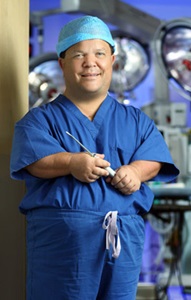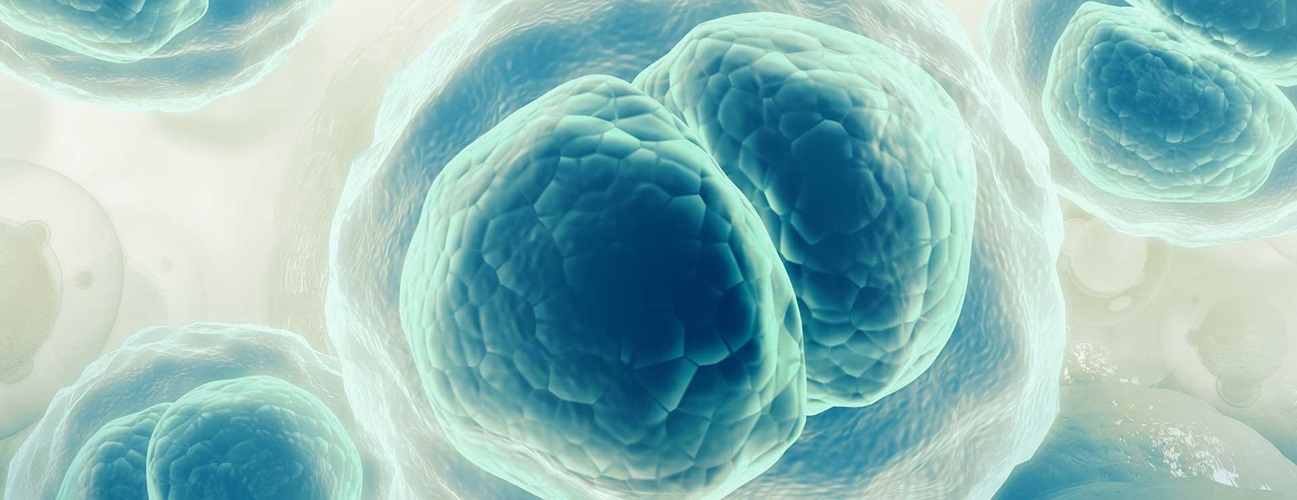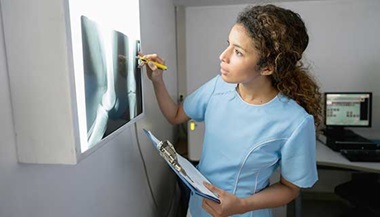Hypochondroplasia
What You Need to Know
- Hypochondroplasia is usually identified at birth, but it can go unrecognized until puberty if the person is only mildly affected.
- Surgery is rarely indicated for treatment of hypochondroplasia.
- Other orthopaedic conditions, like kyphosis, spinal stenosis and leg bowing, are common in patients with hypochondroplasia.
What is hypochondroplasia?
Hypochondroplasia is a genetic disorder that may occur on its own or be autosomal dominant, passed on through a dominant gene from one parent. There is a 50 percent chance of passing it on to a child. In hypochondroplasia, the mutation results in the triggering of factors that slow cell growth.
How is hypochondroplasia different than achondroplasia?
Even though the name is similar to achondroplasia, they are two different types of disorders. Compared to those who have achondroplasia, those with hypochondroplasia have less height difference. They are usually between 46 to 63 inches tall. They have less pronounced midface features, and limbs are shorter than the trunk, but it is not as obvious as in achondroplasia. In addition, roughly 10 percent of individuals with hypochondroplasia may also have mild mental retardation.
Answers for Achondroplasia

Research by Johns Hopkins orthopaedic surgeon Michael Ain shows that treatment for patients with achondroplasia varies depending on the age of the patient. “I realized that these children needed a different operation than adults with the same symptoms,” says Ain, who has a proven track record of success treating the condition.
Orthopaedic Conditions Seen in Patients with Hypochondroplasia
Orthopaedic conditions common among patients with hypochondroplasia are much milder than those with achondroplasia and include:
Kyphosis: (rounding of the back) may be present but usually does not require surgery.
Spinal stenosis: (squeezing of the spinal cord) may be present but usually not severe enough to require surgery
Genu Varum: (bowing of the legs) mild no intervention usually needed.
Hypochondroplasia Diagnosis
The doctor makes the diagnosis of hypochondroplasia with a complete medical history, physical examination and X-rays of the spine and lower extremities.
Hypochondroplasia Treatment
Growth hormones may be administered to the patient and have a positive initial impact, but no long-term studies have been completed. Limb lengthening procedures may have greater benefit than in achondroplasia treatment because patients are taller. This may allow them to achieve low to normal height, but the risk and complications are the same.




